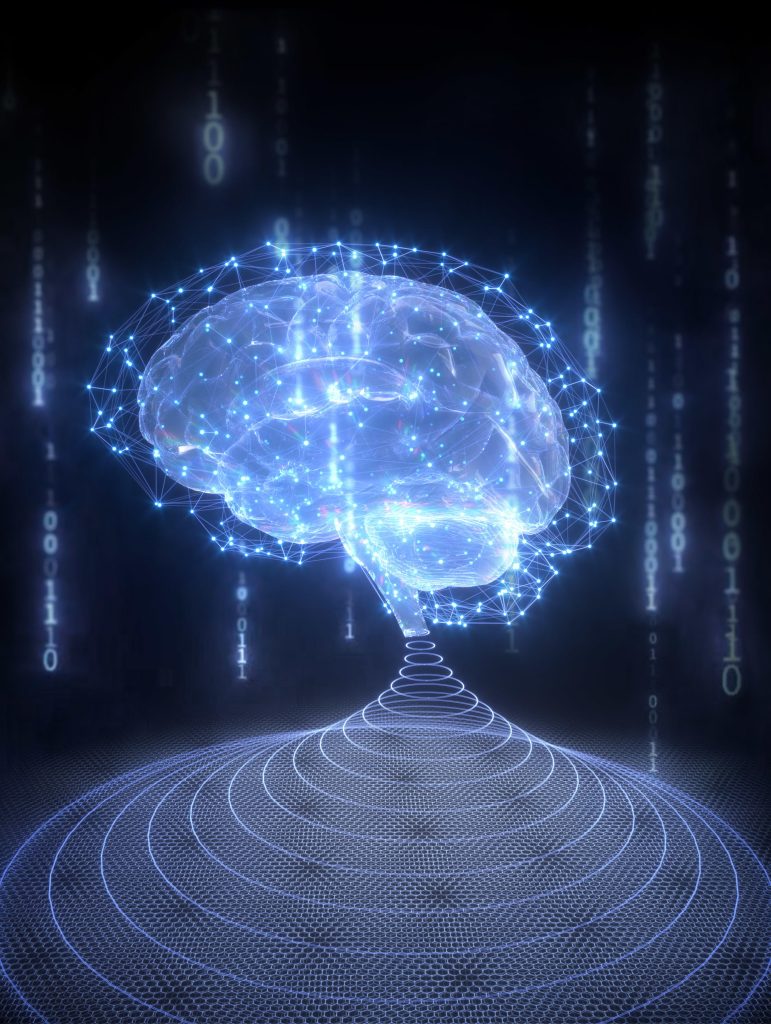
Researchers have developed a novel synaptic transistor that mimics the human brain’s integrated processing and memory capabilities. This device operates at room temperature, is energy-efficient, and can perform complex cognitive tasks such as associative learning, making it a significant advancement in the field of artificial intelligence. Credit: Xiaodong Yan/Northwestern University
A transistor conducts energy-efficient associative learning at room temperature.
Drawing on the intricate workings of the human brain, a team of researchers from Northwestern University, Boston College, and the Massachusetts Institute of Technology (MIT) has created an innovative synaptic transistor.
This advanced device not only processes but also stores information, mirroring the multifunctional nature of the human brain. Recent experiments by the team have shown that this transistor goes beyond simple machine-learning tasks to categorize data and is capable of performing associative learning.
Although previous studies have leveraged similar strategies to develop brain-like computing devices, those transistors cannot function outside cryogenic temperatures. The new device, by contrast, is stable at room temperatures. It also operates at fast speeds, consumes very little energy and retains stored information even when power is removed, making it ideal for real-world applications.
The study was recently published in the journal Nature.
Mimicking the Brain’s Efficiency
“The brain has a fundamentally different architecture than a digital computer,” said Northwestern’s Mark C. Hersam, who co-led the research. “In a digital computer, data move back and forth between a microprocessor and memory, which consumes a lot of energy and creates a bottleneck when attempting to perform multiple tasks at the same time. On the other hand, in the brain, memory and information processing are co-located and fully integrated, resulting in orders of magnitude higher energy efficiency. Our synaptic transistor similarly achieves concurrent memory and information processing functionality to more faithfully mimic the brain.”
Hersam is the Walter P. Murphy Professor of Materials Science and Engineering at Northwestern’s McCormick School of Engineering. He also is chair of the department of materials science and engineering, director of the Materials Research Science and Engineering Center, and member of the International Institute for Nanotechnology. Hersam co-led the research with Qiong Ma of Boston College and Pablo Jarillo-Herrero of SciTechDaily